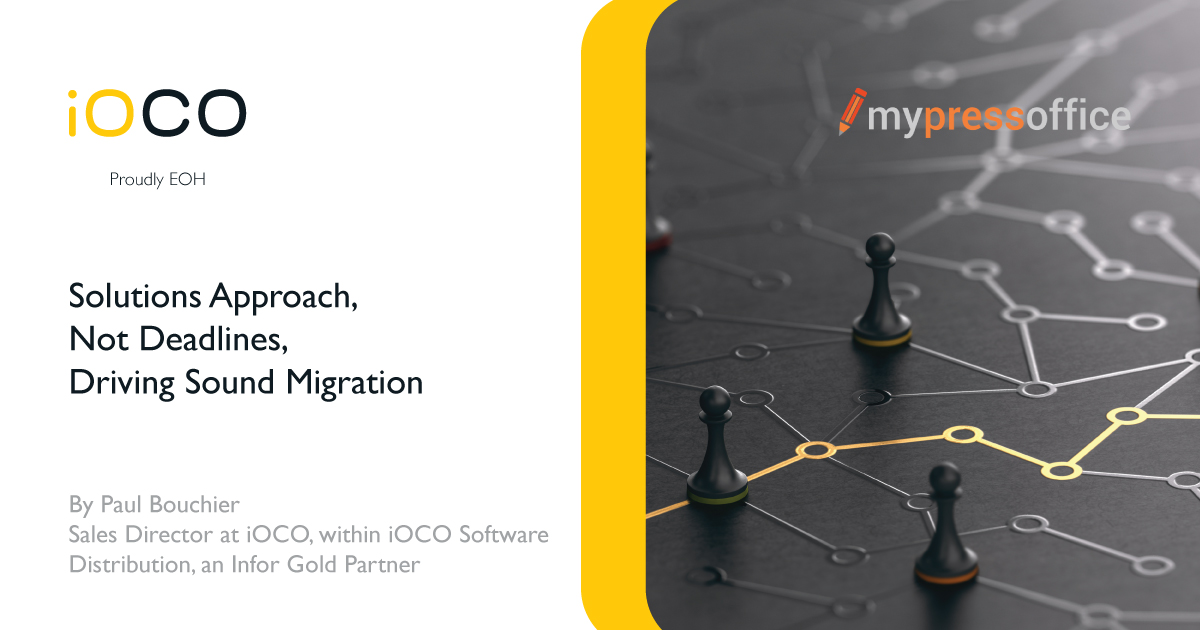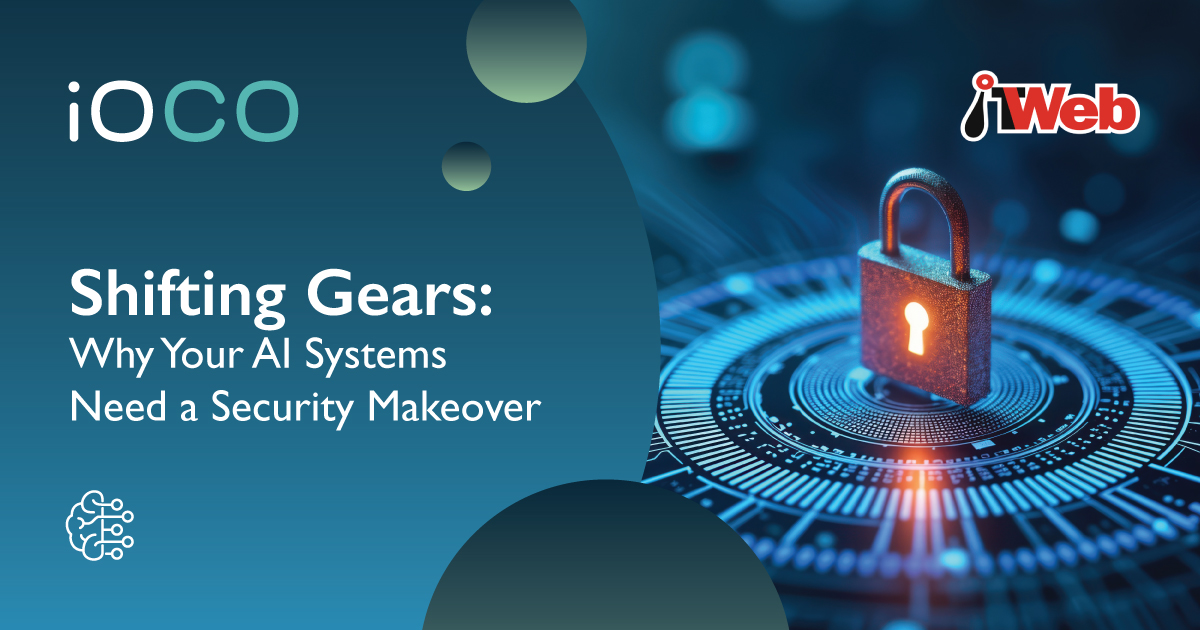In an ever evolving, fast paced, and constantly innovating world, enterprise software solutions must deliver on one essential element. They must always offer a solution to a customer problem or meet a direct need. To achieve this, embracing the cloud is a must. In many environments, however, customers are still uncertain about cloud solutions – hesitant due to known and unknown challenges, confused in terms of cost structures and product options, and desperate for real business use cases that offer context and peace of mind.
Migrating to the cloud is not a decision that any business makes lightly. Nor is it one that should be enforced by a hard-and-fast deadline. When customers feel pressure to move to a new platform, they may very well shift away from a provider entirely. What customers need is proof that the move will solve the business’ pain points, and gentle guidance in the process. Ultimatums like “move or be shut out of maintenance” certainly do not offer customers peace of mind.
There are many reasons why users may simply not feel ready for the transition to the cloud. Whether this stems from common cloud myths, uncertainty around cost implications of moving to an in-memory database, costly and complicated processes, or doubt about whether current processes will be transferrable to the new platform, the answer is never pressure.
Software providers with decades of cloud experience concur that the best route to securing a cloud migration is information and support. Debunking the myths, dispelling the uncertainty, setting customers’ minds at ease with relevant examples, and providing sound information that displays how the move will benefit the business are essential to migration success. This, along with a reliable track record of product development over time will allay fears and drive action.
With an outside-in approach, customers should be reassured that the platform will offer enhanced (and not decreased) functionality and more flexibility than their current solution. With any migration, the plans to move customers off legacy platforms and onto newer, more modern cloud-based systems should be a discussion, not a demand. The migration process could follow any one of multiple paths available, and companies should be given the information needed to find the journey that works best for them.
Essentially, this should be a wholly collaborative process focused on driving innovation and adding value, while solving the customer’s business problems. No approach should be one-size-fits-all. Every solution should offer focussed solutions to cover each industry’s (and each business’) unique needs – avoiding the need for compatibility packs that attempt to patch holes and provide only partial capabilities.
Written By Paul Bouchier, Sales Director at iOCO, within iOCO Software Distribution, an Infor Gold Partner
Originally featured here



